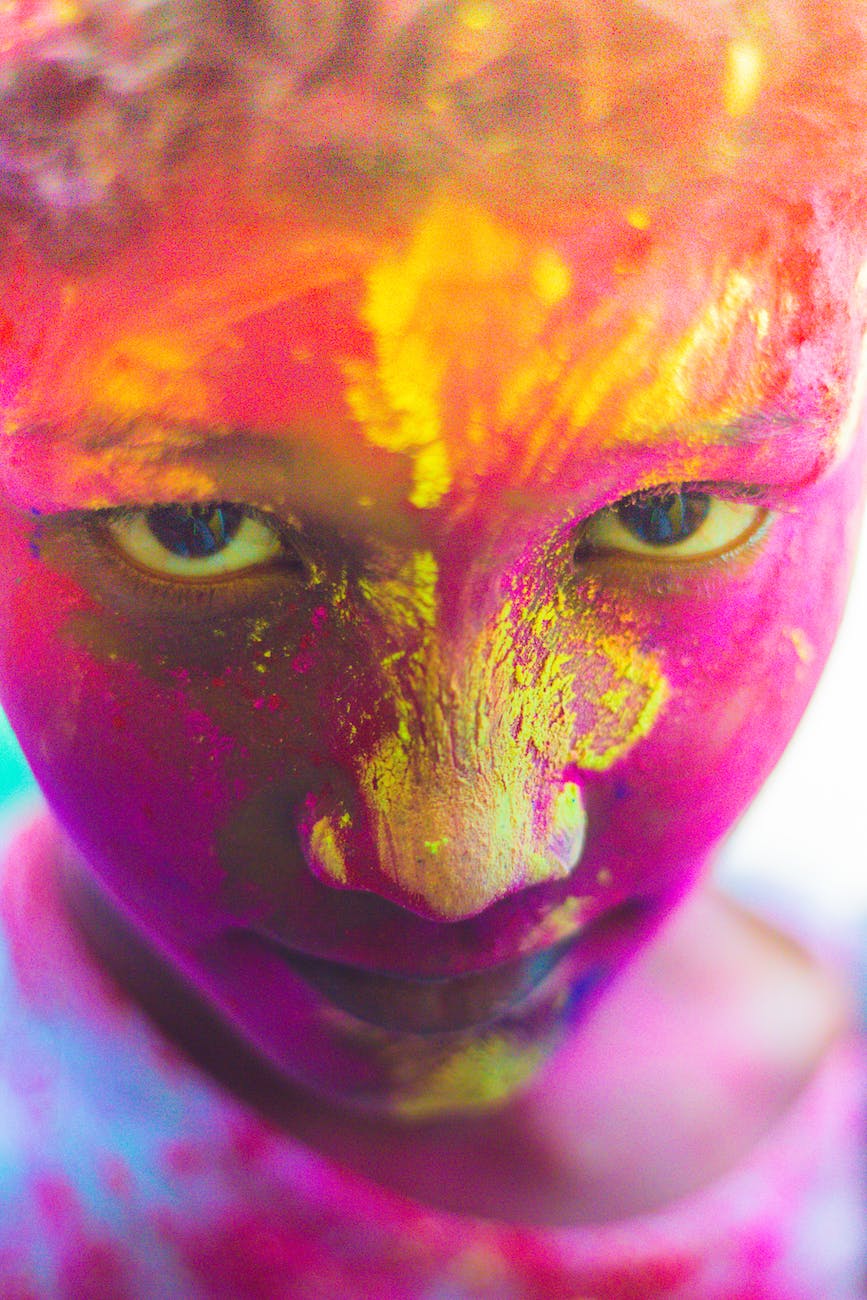
The beauty of Indian festivals is how deeply they are tied up with the weather, season and harvests. The mythology apart, each festival comes with traditions and associated food platter, which is so localised and relatable to the regional folks.
Holi is perhaps one of the most vibrant festivals of India
It comes with a Holika Dahan custom at a time when it’s still cold enough for people to gather around a fire, and days are warm enough to soak oneself in the colours of Holi.
My earliest memories of Holi are etched as my mother spreading her barsati on the terrace, and then carefully laying the sabudana papad batter and potato chips for drying in the sun. Newly arrived potatoes and abundant sunlight would make it so convenient to prepare the savouries one week in advance.
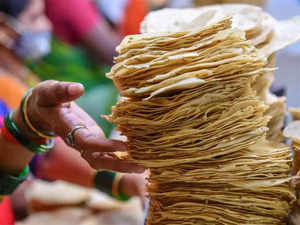
Another memory is of collecting dried wood for holika dahan, and collecting contribution – Rs 2 per house – to make the eve of Holi happening. Fresh grams were thrown into the fire, and eaten once they were lightly roasted.

Colours were played with one and all in the mohalla. No one was spared.

I was strictly ordered not to eat laddu at anyone’s house, fearing they would be laced with ‘bhang’. I specially looked forward to the lavish Holi lunch our neighbours would invite us to, every Holi.
At the fringe of binge…Holi ke pakwaan

Gujjia, khajja , khoya mal pua during lunch is still a norm and mutton for dinner is a must in most Kayasth families.

An interesting fact is that in every part of the country, on this day, people end up eating some kind of mutton dish paired either with poori or steamed rice.
The statewise gastronomic spread experienced across various Indian states is simply mind-blowing.
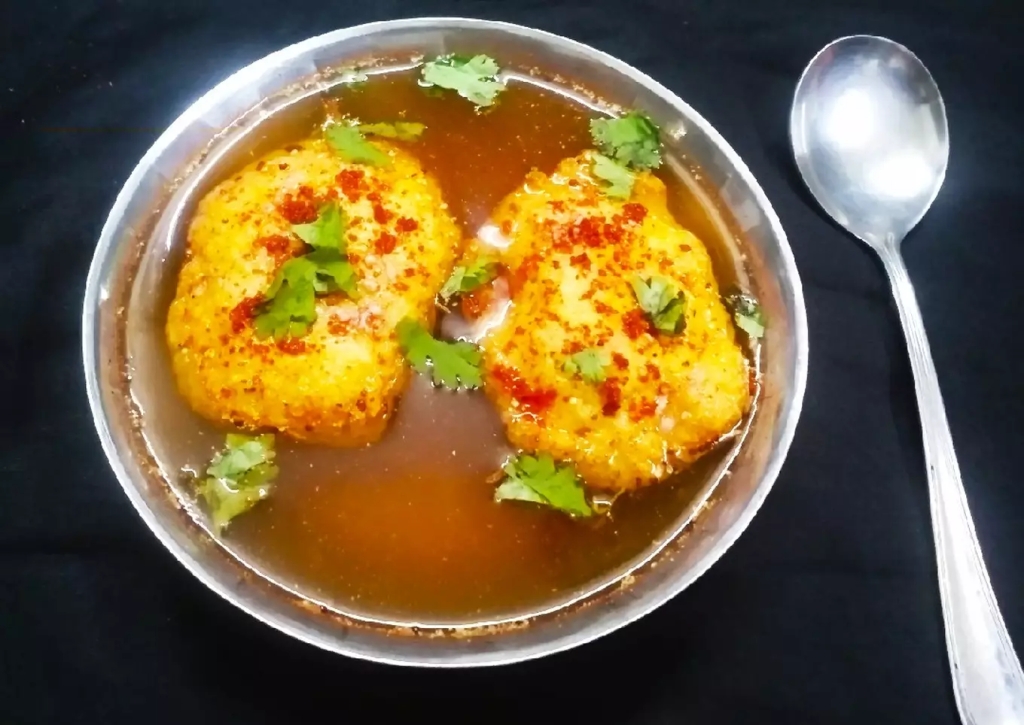
Kathri and Marwari communities make special Kanji vadas for Holi and are perfect to cut the fatty fried foods.

Kachoris and pakoras are signature dishes of the hindi heartland.

Gulabo and Kesar thandai are popular accompaniments for the Holi lunch.

Not to forget the bhang pakoras paired with bhang thandai which features in almost every region.

Kathal curry (jackfruit) and kathal biryani are popular lunch menu in vegetarian households as jackfruit comes as close to mock meat as it can in its taste.

Another common dish is the dahi vada which varies in taste and flavour from one region to another.

Puran Poli, again a very unique dish mainly in Maharashtrian houses, is a part of the festive food. It is basically made out of flat bread stuffed with sweet chana dal with a nutmeg and cardamom filling.
For many people after a hectic day of colours and fun, hot colourful sabudana papads, crisp bhang pakoras, a portion of mutton curry and a glass of chilled bhang thandai are good enough to end the day on a high.

Ghujiagraphy
The festival is incomplete without the preparation of the delightfully flaky sweet Ghujia !
Gujjias also differ from region to region as the stuffing changes every few kilometres. From nuts to coconut to condensed milk (khoya) filling, they come in all varieties.
Some people serve it after soaking it in a sugar syrup (chashni) while some avoid it and serve it dry. Gujjias soaked in chashni or sugar syrup was personally my favourite dessert as a child, popular by the name ‘Chandrakala’, which gave name to a popular sweet shop near my house.
Even vermicelli stuffed gujjias in Muslim-dominated areas in Benaras are quite popular during the season and are specially made for the fellow brothers celebrating the festival.
it is believed that the gujiya evolved from a Turkish pastry, the baklava.

A striking similar cousin of the Ghujia is the Qottab, an almond-filled deep-fried Iranian pastry.
A very interesting story is that about a a north indian mithaiwala who migrated to Thanjavur, and introduced the sweet, khoya-filled north Indian gujiya to the southern city. This temple city now consumes over 200 kilos of gujiyas every day !
The eatery Bombay Sweets, was established in 1949 by Guru Dayal Sharma from Mathura and also sells a modified version of the ghujia, called chandrakala.
The ghujia has been adopted in many parts of India.
On the ramp the Pan India Ghujia Supermodels…










In some parts of Rajasthan, people make Chandrakala and Suryakala,two different versions of gujiya, on Holi.
Ajmer loves its Puhe, a deep-fried pastry with hints of fennel and roses(the region is famous for its red rose farming), which resembles the gujiya without the stuffing.
In the Awadh region people once feasted on Dahi ki Gujiya,loaded with curd, nuts, and cardamom.
A museum of Ghujias???
Yes that’s right!
A Gujiya museum has been set up at a more than 125-year-old shop located in the Kamchha area of Varanasi. More than 18 varieties of gujiyas are on offer at Shree Rajbandhu Sweets.
Whether you are the type who enjoys being dunked in tubs of colours all day or the one who cringes at the playfulness and mischief of the Holi enthusiasts, you cannot resist the myriad flavours of the festivals so amply expressed in more than a dozen different food preparations!
So, Bring on Holi with gusto and find your own opiate in the rough play of colours or in the irresistible palate of flavour.
Wishing you a happy fun-filled and safe Holi !
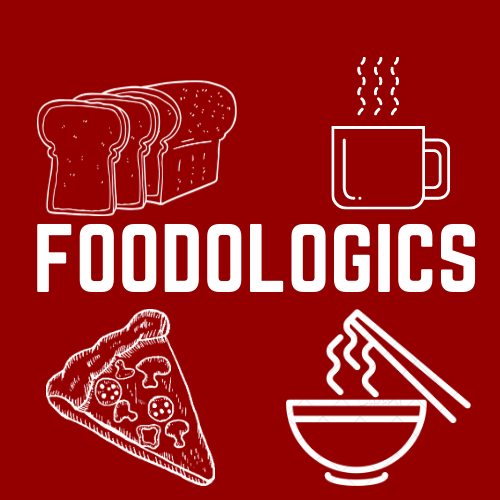

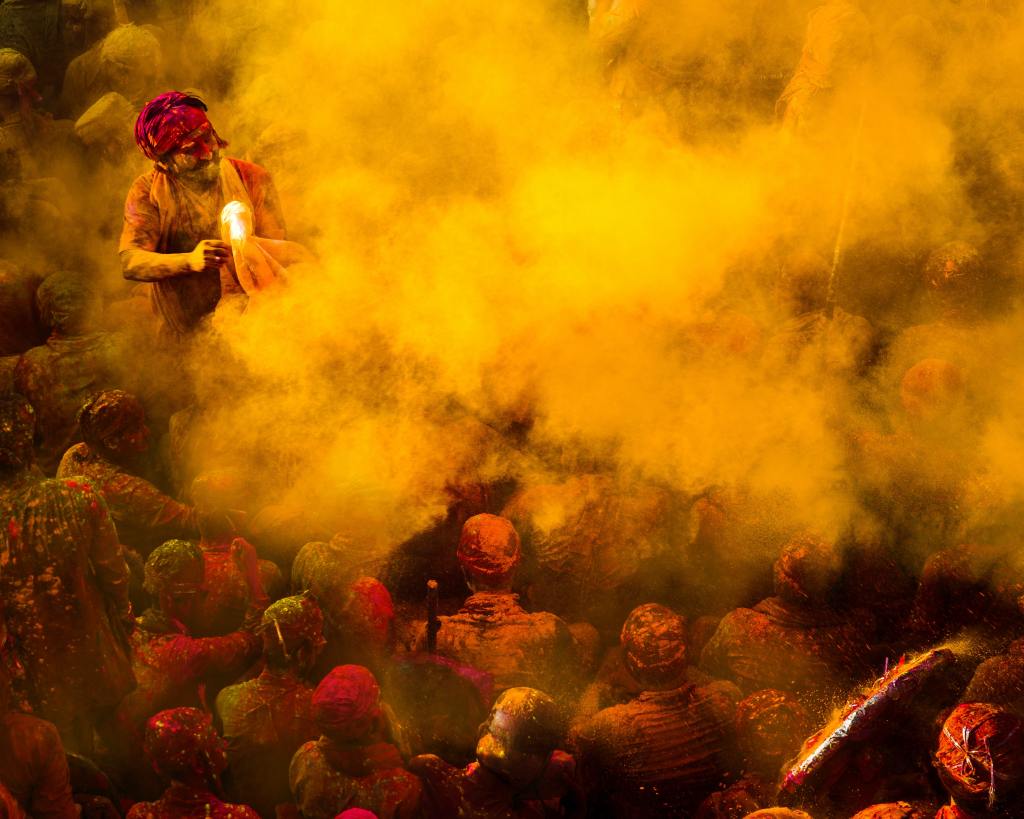

It is great to have you back on these streets.
LikeLike